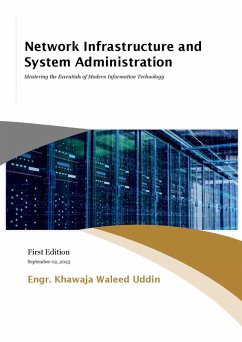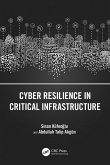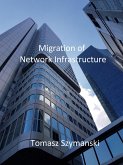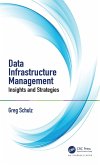Network Infrastructure
Network infrastructure refers to the hardware and software resources of an entire network that enable connectivity, communication, operations, and management. Think of it as the physical and logical backbone of a digital organization. The key components include:
- Routers: These devices connect different networks and route data packets between them. They act like traffic controllers on a highway system, directing data to its correct destination.
- Switches: Within a single network, switches connect multiple devices (computers, servers, printers) and forward data to the specific device it's intended for, making communication more efficient.
- Cables and Wireless Connectivity: The physical medium for data transmission, including Ethernet cables and Wi-Fi access points.
- Protocols: These are the rules and languages that all network devices use to communicate. Key examples include TCP/IP (the foundation of the internet), HTTP for web browsing, and DNS for translating domain names into IP addresses.
- Security Devices: Firewalls and VPNs (Virtual Private Networks) are crucial for protecting the network from unauthorized access and cyber threats.
The main goal of network infrastructure is to provide a robust and scalable framework for all digital operations.
System Administration
System administration is the management and maintenance of the computer systems and servers that run on the network. A system administrator's role is to ensure these systems are running smoothly, securely, and efficiently. Their responsibilities include:
- Server Management: Installing, configuring, and maintaining servers, which host everything from websites to databases and email services. This includes tasks like updating software, managing user accounts, and monitoring performance.
- User Management: Creating, deleting, and managing user accounts and access permissions to ensure that employees have the right level of access to necessary resources while maintaining security.
- Backup and Recovery: Implementing strategies to regularly back up critical data and having a plan to restore systems in case of hardware failure, data corruption, or a cyberattack.
- Troubleshooting: Diagnosing and resolving issues with hardware, software, and network connectivity to minimize downtime and disruption.
- Security: Implementing and enforcing security policies, managing firewalls and antivirus software, and patching systems to protect against vulnerabilities.
The Symbiotic Relationship
Network infrastructure and system administration are deeply intertwined. The network provides the means for systems to communicate, and system administrators manage those systems to leverage the network effectively. For example, a system administrator may configure a server to host a company website, but the network infrastructurethe routers, switches, and internet connectionis what allows external users to access that website. A failure in either area can bring an organization's digital operations to a halt. Together, they form the crucial backbone of modern IT operations.
Dieser Download kann aus rechtlichen Gründen nur mit Rechnungsadresse in A, B, CY, CZ, D, DK, EW, E, FIN, F, GR, H, IRL, I, LT, L, LR, M, NL, PL, P, R, S, SLO, SK ausgeliefert werden.









